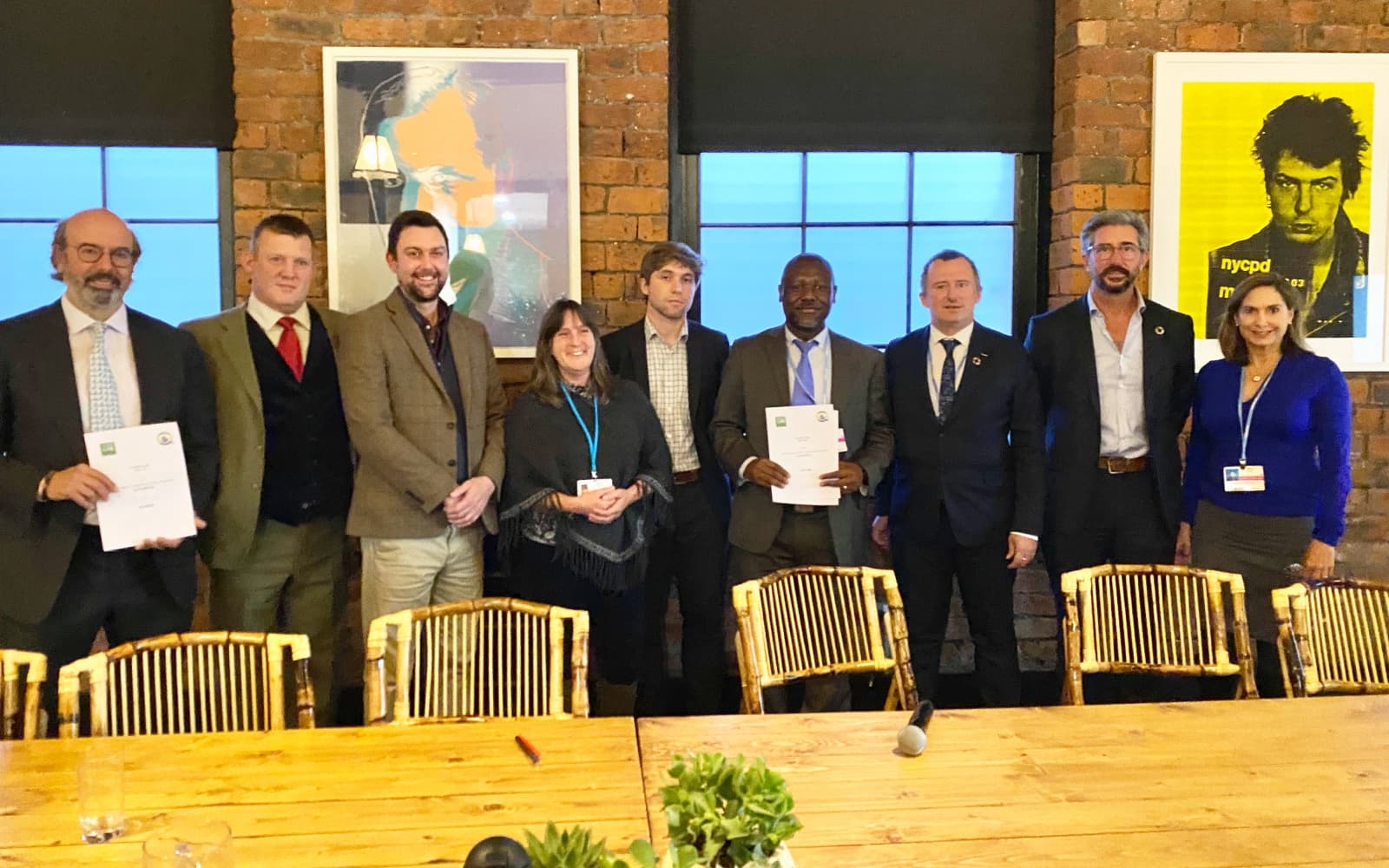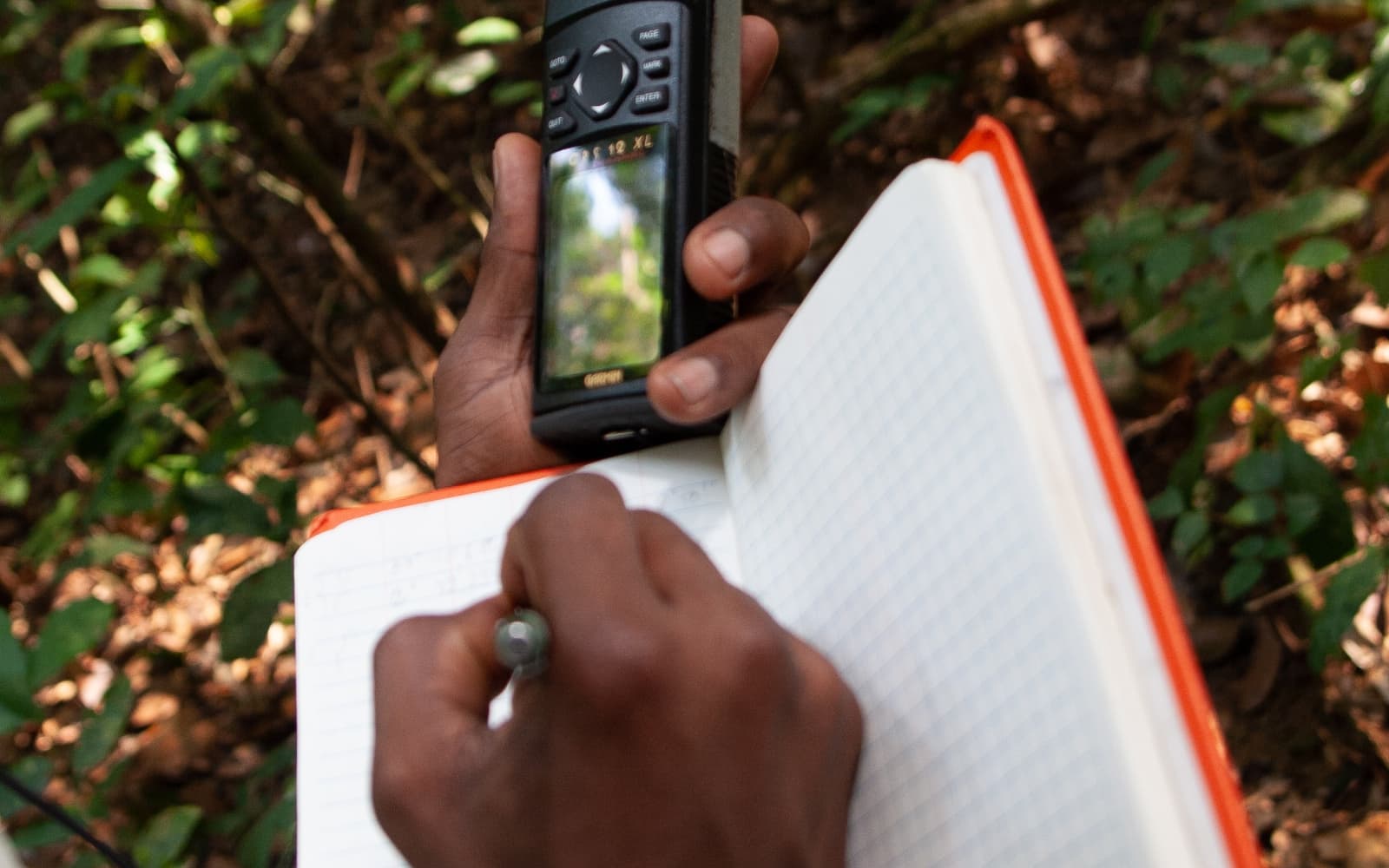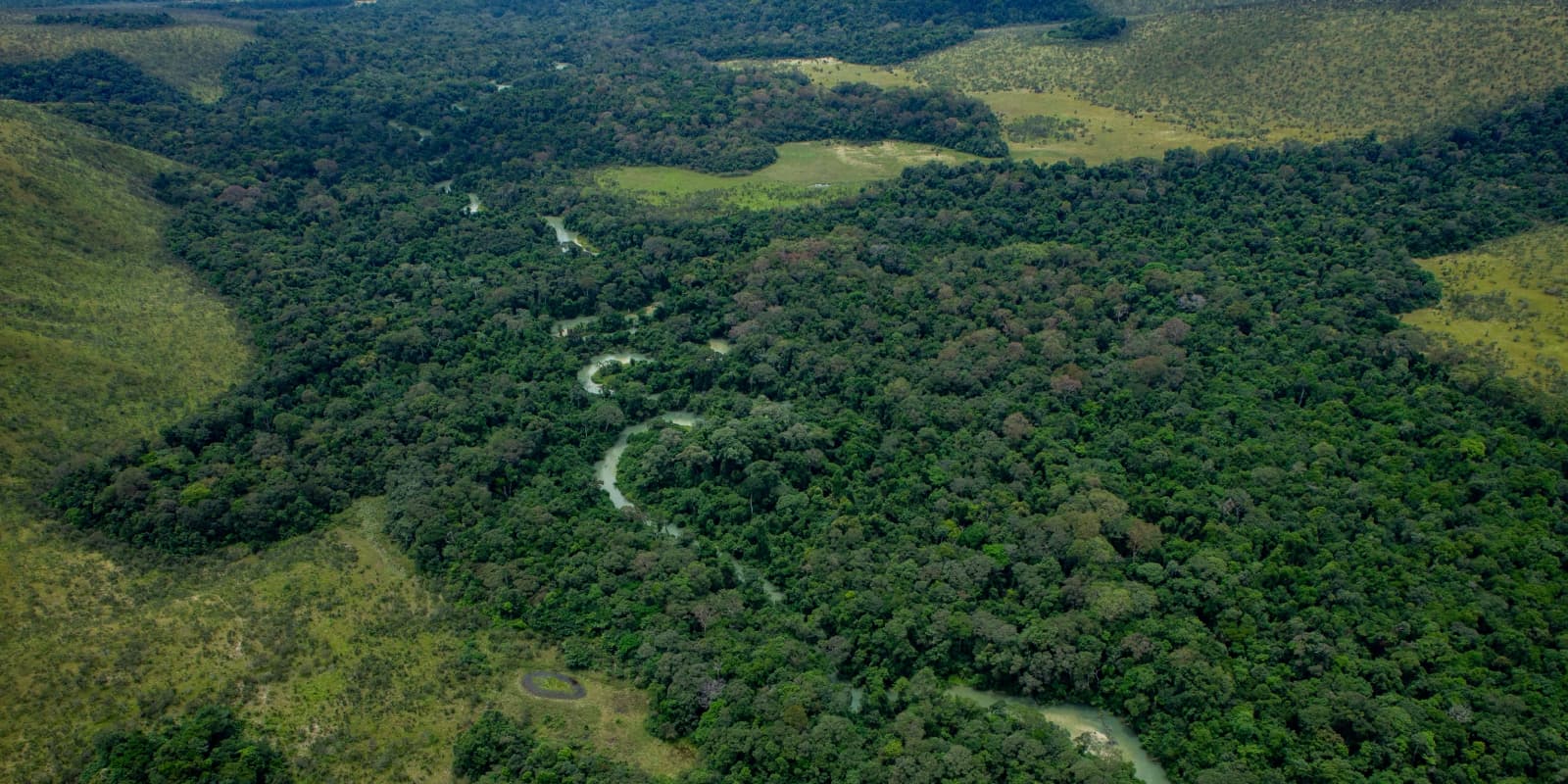
COP26: Cenarest and ForestLAB formalise their collaboration
The National Centre for Scientific and Technological Research (Cenarest) and the research centre of ...
Our land-use methodology is anchored in the rigorous analysis of current and prospective land-use options, carbon stocks and biodiversity within a project area.
A holistic approach to economic, social and environmental rights
Realising the value of natural capital
A measured approach to assessing carbon value

Through a process of iteration and expert input, we determine the optimal allocation of land-use rights and design appropriate commercial activities to maximise investment returns, maintain carbon stocks, preserve biodiversity and boost socio-economic development.


Our first step is to secure long-term use rights for a landscape large enough to accommodate a diverse range of commercial activities. We survey the project area using satellite imagery before conducting an aerial study to confirm existing land-uses and to inform optimal land-use allocation.
Ensure adequate security of tenure, including appropriate constructed contractual rights, leases, concessions and offtake agreements. Existing land use rights – including community rights, traversing rights and riparian rights – are documented and respected.
Raise funding from capital markets, by progressively issuing equity and debt to develop underlying projects and businesses.
Carbon stocks are mapped and calculated, and flora and fauna recorded. Commercialisation in areas with unique biodiversity is avoided and these areas are set aside for conservation.
Plan commercial activities in conjunction with global experts in the areas of forestry, agriculture, carbon measurement and monitoring, and ecotourism. Identify best-in-class operational partners to implement our development programmes, ensuring that capital is deployed effectively, and operational efficiencies and market opportunities are maximised.
Record incremental socioeconomic and environmental impacts of our activities off established baselines.

"If we are to sustain our way of life, we must place a value on our quality of water, the importance of biodiversity, the health of our soils and oceans, and the need to prevent the catastrophic impact of climate change."— Martijn Wilder, Chairman of Pollination Group

Carefully planned, integrated sustainable development ensures that every landscape component (infrastructure, forestry, conservation, tourism and agriculture) unlocks:
The Congo Basin – the world’s second largest tropical forest spanning six countries in Central Africa – is considered the most important global carbon...
Read furtherAs the world focuses on tackling climate change and biodiversity loss, there is growing interest in investing in natural capital to reduce carbon emis...
Read furtherWe hold the rights to consolidate and sustainably develop a land area of 731,000 hectares in south west Gabon.
Grande Mayumba